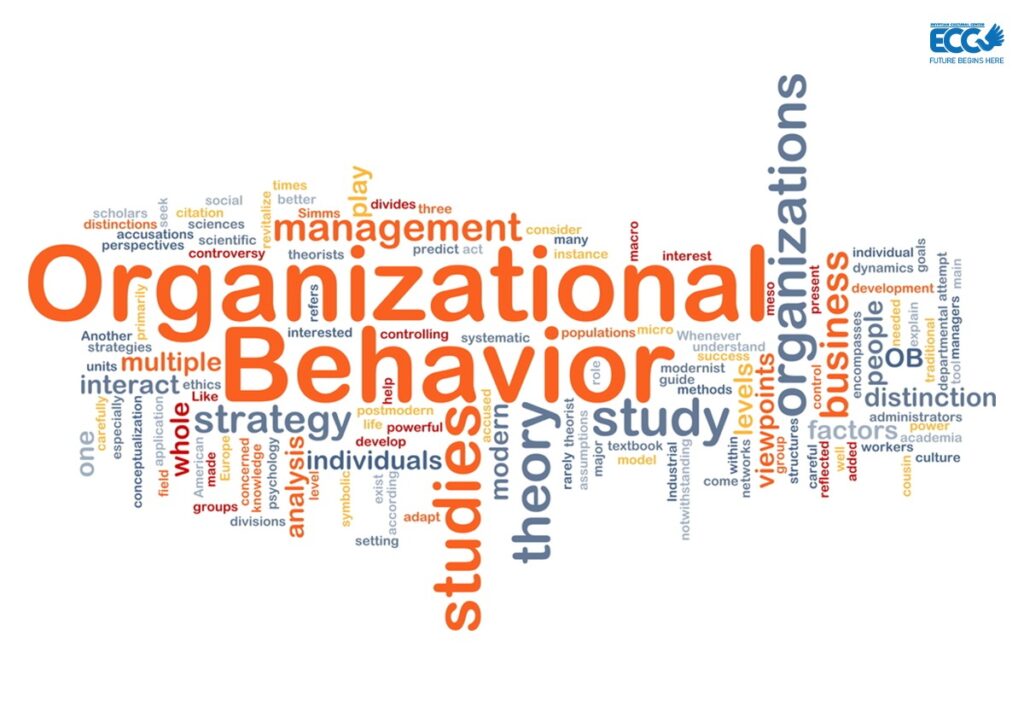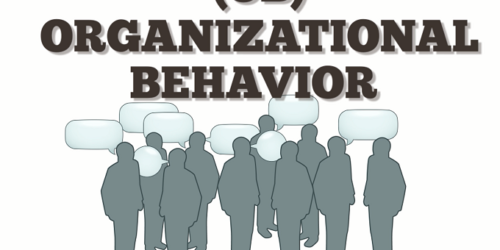Contemporary Organizational Behavior – Global Citizenship & Equity Assignment

Contemporary Organizational Behavior – Global Citizenship & Equity Assignment
Questions:
1. What do you perceive as unique “Canadian” beliefs, values, and attitudes [at the individual level and at the organizational level]? How do these translate into [emergent] behaviours?
2. What parts of your identity, values, and/ or beliefs are the same as these “Canadian” values and what parts appear different? Are their patterns of your behaviour [behavioural traditions] which appear the same or different from the “Canadian norm?” [This requires individual input from each team member].
3. Why is it important to not only “manage” diversity, but to understand its importance to an organization? [be specific – for ex. don’t simply say it provides a competitive advantage – you must defend and explain how/why]
4. How do these [1-3 above] interact in the creation, perpetuation, or, potentially the alteration, of an organizational culture? … and what would the “culture” be like? [for this please include, as well, reference to motivational, communication, and leadership/ management practices – in other words visible , tangible, manifestations].
Answers:
Unique “Canadian” beliefs, values, and behaviors
Canadians are one of the most tolerant nations to people from different countries, cultures, backgrounds, religions, educational levels, etc. Racism is a definite no-no in this country. What is seen as racism in Canada may not be seen as racism in other parts of the world. For instance, oneof the team members is from the European part of Turkey, she realized after coming to Canada, an act or attitude that is considered racist here is usually regarded normal in Europe.
One of the team members comes from India which has 29 provinces, every state or province has different ideology, culture and beliefs; but there is no instance of racism usually when different people from various provinces come together. Every person is treated equally despite their color, race, gender, sexual preference, etc. It’s the same when he saw the same in Canada. He feels he does not have to change his behavior in Canada because that was the same in his home country too.
One of the team members thinks that Canadians show other people their true feelings, they are honest, respectful, thankful, and they rely on their own beliefs and values. Some of the success enhancers of Canadian work culture is job satisfaction. This makes them more resourceful as individual decision-making rather than groupthink or consultation usually feels more satisfying.
Canadians put more emphasis on their lives, families and themselves. They don’t describe themselves by their job, but their personalities. In most of the other countries, you are what you do, you’re defined by your profession. In Canada, it’s not the case.
Canadian leaders are more focused on establishing relationships with others and this helps them accomplish their goals and work (Ottawa Board of Trade (Ed.), 2014). Relationship building is valued and deems necessary here, especially in professional settings. When you start a new job, you’re expected to get along with others and your co-workers, that’s how it’s evaluated whether you ‘‘fit in’’ or not.
According to the Canadian Index of Well Being at the University of Waterloo, Canadian value most the following: fairness, inclusion, democracy, economic security, safety, sustainability, diversity, equity, health (University of Waterloo (Ed.), 2020). What we have seen since she moved to Canada is that punctuality is highly respected in Canada too. You’re expected to arrive on time or at least a few minutes earlier. Deadlines are taken seriously, and you being on time gets associated with your honesty and integrity.
Our identity, values, and beliefs vs. Canadians’
One of the team members is from Mediterranean culture. Her culture is known as friendliness, being an open book, straightforwardness, etc. Canadian culture is a more reserved culture which imposes people to be more composed, closed book, and reserved. It took time for her to appreciate, and get used to this.
One of the team members comes from India. It’s a country of numerous religions and cultures. 22 languages are spoken in India. Canada has a diverse culture too where you can easily see people from various cultures and languages. Hence, he thinks that Canadian values appear to be similar to that of his values. Also, people in India sometimes act emotionally in different circumstances, and similar reactions are also observed from Canadians.
One of the team members is from India and the definition of anti-racism is quite different there comparing to that of the Canadian anti-racism identification. Canada is far more intolerant to racism when we comapre to India. A small act of racism might be considered as an act of crime in Canada.
We think there is a lot of corruption in India which results in an inappropriate distribution of wealth among the people. In Canada, corruption is negligible due to the strong rules, policies, and regulations.
One of the team members thinks people in India are more family-oriented than Canadians. Here in Canada, individualism is more dominant value against collectivism whereas India is a collectivist culture. Besides, Canadians represent a more feminine culture. Traditional roles, and values like power and control aren’t favored in Canada as they are in India.
Importance of Having a Diverse Workforce
Before trying to ‘’manage’’ the diversity in a workplace, it’s necessary to understand why diversity is important for an organization, and what the benefits that diversity can bring.
Workplace diversity allows an organization to create an inclusive workplace incorporating individuals from different backgrounds, values, and cultures. It’s simply richness for an organization. A diverse community brings more different ideas, experiences, knowledge and higher innovation for the company (Ortiz, 2018). To simply explain, we can think of two different ‘’plates’’ – one is full of mango, other has ten different fruits from mango to melon, berry to cherry, etc. Which one would be more beneficial nutrition-wise? Of course, the second one. Having a diverse environment in an organization is the same, different individuals contribute differently to your organization, and the more is usually the better, if it’s managed well.
Different cultures, backgrounds, educations and knowledge that’s brought from different countries, etc. result in a variety of perspectives, and so higher creativity within an organization. Besides, when you have diverse employees, it’s way easier to attract a diverse range of customers to the business too. After all, businesses are built on trust, and we know that customers attract businesses or people from their culture when they want to buy a service or product. If an organization wants to expand its customer range, it can start by expanding its diversity range. Diverse employee base brings a diverse customer portfolio.
Diversity can even be used as a marketing tool in this age. Studies show that diverse organizations have a higher value in positioning themselves as the desired place to work in the eyes of society. Most of the reputed companies place diversity management as a high priority in their company policies (Wonolo (Ed.), 2018).
Working in a diverse environment can be heavily beneficial for employees. Diversity increases the tolerance and leniency in employees. More tolerant and lenient employees are calmer, have less stress, and involve in fewer arguments with their colleagues.
When employees learn not judging or discriminating others based on their race, age, physical condition, citizenship status, sexual orientation, or ethnic group, it would be easy to learn not to judge anyone for their ideas or opinions too. This allows the organization to create a culture where new ideas, and innovations are appreciated. (Ortiz 2018).
Implications on Organizational Culture
Canada’s multicultural and multilingual structure is reflected in the organizational settings too. Different values, beliefs, and attitudes seen in Canadian culture affects the creation, perpetuation, and alteration of organizational culture in the Canadian workplace. Some implications could be listed as follows:
- Acknowledging the fact that every person and every culture is unique allows the companies to create a dynamic, flexible, and innovative environment for their workforce. Big companies provide diversity training with their employees to educate them about the cultural differences so that they easily understand and appreciate one another (Chebium, 2019).
- As Canada becomes home for more people from different cultures and countries, zero-tolerance policy started to be adopted by the organizations to ensure that there will be a safe working environment that embraces all employees. A formal complaint policy also established by the companies to provide a safe platform for employees to report any misconduct concerning this (Dyson, 2020).
- Most of the big organizations in Canada have their key values listed. These are the values and virtues that the corporation appreciates and wants to see in employees. For instance, Centennial has anti-racism, pro-LGBTQ, equity, inclusivity, and diversity in its key values statement.
- Some organizations even have diversity libraries where different kinds of books and information are available on different cultures to help educate employees about diversity management, tolerance, and open-mindedness. Corporations try to maintain a respectful and peaceful environment accordingly.
- Cross-cultural training, diversity training, training for overcoming hidden biases… These are very common to see in Canada’s big corporations, all due to the multicultural structure of the workforce.
References
Chebium, R. (2019). How to Create an Effective Cross-Cultural Training Program. Retrieved July 24, 2020, from https://www.shrm.org/hr-today/news/hr-magazine/pages/010215-cross-cultural-training.aspx.
Dyson, E. (2020). Managing Diversity in the Workplace. Retrieved July 24, 2020, from https://www.peoplescout.com/insights/managing-diversity-in-workplace/.
Government of Canada (Ed.) (2019). What we heard — Informing Canada’s Anti-Racism Strategy. Retrieved July 24, 2020, from https://www.canada.ca/en/canadian-heritage/campaigns/anti-racism-engagement/what-we-heard.html
Ortiz, F. (2019). Managing Diversity in The Workplace – How To Successfully Go About It – Perth: Blue Collar People. Retrieved July 24, 2020, from https://bluecollarpeople.com/managing-diversity-workplace-successfully-go/.
Ottawa Board of Trade (Ed.). (2014). The Essential Elements of Workplace Values and Ethics. Retrieved July 26, 2020, from https://thevoice.ottawachamber.ca/2014/09/22/the-essential-elements-of-workplace-values-and-ethics/
University of Waterloo (Ed.) (2020). Canadian Index of Wellbeing. Retrieved July 24, 2020, from https://uwaterloo.ca/canadian-index-wellbeing/about-canadian-index-wellbeing/reflecting-canadian-values
Wonolo (Ed.). (2018). 6 Benefits of Having a Diverse Workforce. Retrieved July 24, 2020, from https://www.wonolo.com/blog/6-benefits-of-having-a-diverse-workforce





